 The Big Book of
The Big Book of
Dyslexia
Activities for
Kids and Teens 100+ Creative, Fun, Multi-sensory and
Inclusive Ideas for Successful Learning GAVIN REID, NICK GUISE AND JENNIE GUISE  Jessica Kingsley Publishers
Jessica Kingsley Publishers
London and Philadelphia Contents Introduction We appreciate that there are a number of books on dyslexia available for facilitators. Many of these require a great deal of reading and studying before the ideas and approaches suggested can be implemented. Nevertheless, all books on dyslexia have an important function, particularly since there are now more opportunities for staff development and advanced university courses in this area. We are, however, of the view gained through experience and a great deal of discussion with teachers that a relevant and practical ready to use book would be extremely helpful. This is what we aim to achieve in our book. All the ideas and strategies have been tried and tested in the classroom, and have been developed in relation to the challenges faced by children and young people with dyslexia, in the learning context.
This book therefore provides whole-group activities that are specifically created with the dyslexic child in mind. The activities can be used in different settings such as traditional schools, specialist schools, home schooling or with small groups in mainstream schools. The materials are dyslexia friendly and they will benefit all children. Classroom teachers, specialist and learning support teachers, parents, tutors, SENCos and other support staff, regardless of where they are in the world, will be able to use the activities in this book. We appreciate the increasingly vast workload and the time required to develop new ideas and strategies for effective intervention. In many ways, this perspective has provided the rationale for this book and we have sought to make the activities practical and ready to use in the classroom or home.
What Works Best The premise for the activities in the book is based on the acknowledged wisdom of what works best for learners with dyslexia. This includes structured, engaging and multi-sensory activities, and we have tried to incorporate these aspects into each of the activities. Additionally, the book has built in a number of overlearning activities and we have attempted to cross-reference these when one particular activity might be seen as overlearning for another. It is acknowledged that overlearning is essential for children with dyslexia. Overlearning can lead to automaticity, and if a child can perform tasks with automaticity, this means that the new learning has been consolidated. This can also lead to consistency, and we find that inconsistency is one of the frustrating issues experienced by children with dyslexia.
Overlearning is therefore crucial. Overlearning is not rote repetition, but rather it relates to presenting materials or tasks that reinforce the same principles, rules or meaning as something that has been previously learned. We are also aware that children with dyslexia can have short-term and long-term memory problems, as well as difficulties with processing information at speed. We have therefore included a section of activities dedicated to memory, and have developed a range of memory strategies that can be readily used by the young person with dyslexia. Several sections of the book are also dedicated to spelling and expressive writing. It is extremely frustrating for the child with dyslexia to have an abundance of ideas, but be unable to transfer these into coherent and expressive written language.
Additionally, we feel that children and young people with dyslexia also need to be stretched, and this includes using creativity and their imagination to promote thinking outside the box. We have formulated a structured framework in all the activities so that facilitators can implement them more easily (see How to use this book in this introduction). In addition to developing activities to help with different areas of learning, we have included opportunities to develop the young persons vocabulary and grammatical awareness. This is flagged in every activity, and each has a component on grammar and the vocabulary associated with the activity. Barriers to Learning As researchers, practitioners and psychologists, we are aware of the cognitive, social, emotional, educational and environmental barriers that confront children with dyslexia. This includes cognitive barriers such as difficulties with information processing, phonological processing, working memory, sequencing difficulties, spatial awareness and coordination difficulties and executive functioning difficulties, as well as organisational and time-keeping difficulties.
Although not all children with dyslexia will experience all of these barriers, many will. The social and emotional barriers can include lack of confidence, low self-esteem, isolation, anxiety and stress and learned helplessness due to a history of failure. These factors are dealt with in many of the activities, and the activities have been developed in a manner that can induce and promote success. This can offer a significant boost to children with dyslexia, thereby enhancing their self-esteem. When looking at the barriers experienced by learners with dyslexia, we also need to consider factors within the educational environment. These can include the literacy demands placed on the child, lack of visual aids/prompts, unnecesary time pressures, peer and social expectations and limited access to technology.
We have been very aware of these barriers, as well as all the other potential challenges faced by children with dyslexia, in creating and developing the activities. They will help to engage the child and make learning fun and successful. Dyslexia is a learning difference, and children with dyslexia will often learn in a different way. We have introduced a new type of activity called Red Herrings (see How to use this book) that can help to turn these differences into more individual and successful reponses to a task. Learners with dyslexia have been metaphorically described as being able to see the unseen (West 2017), and the implication of this for the children is that we need to encourage creativity, ingenuity and reponsibility. One of the potentially confusing aspects about dyslexia is that it is not a discrete and narrow syndrome, and may be difficult to identify, and unfortunately many children are not identified until later in their education.
The activities in this book will help those children who have the characteristics of dyslexia, but are not yet formally identified. This may be a significantly larger group than one might imagine! The Whole Curriculum The difficulties associated with dyslexia can have an impact across the whole curriculum aspects such as remembering instructions, noting homework, reading, writing and spelling, sequencing information and organising notes and planning work can be crucial for every subject, including some of the practical subjects. For that reason, this book provides activities that deal with a wide range of curriculum areas. As well as sections on literacy, we have included general knowledge and general science, memory, number work, technology, cross-curricular activities and additional language learning. This will make it more useful for users rather than take a narrow approach, we have taken a broad, wider-angle approach to dyslexia, acknowledging the learning differences that can be seen within the dyslexic population. We believe that the activities represent effective and engaging learning.
We also recognise that learner independence is important, and we have always encouraged learners to develop their own strategies and become more self-sufficient and independent. This way, they can further their own creative, investigative and learning skills, and in particular share learning experiences with peers. Facilitators will be able to use the activities in this book immediately; they will also be able to develop and contextualise some to suit their programmes and curriculum needs. This book has been the fruits of working with children and young people, as well as with teachers. Nick Guise has created many of the activities for use in his own classroom, and all the activities have been successfully tried and tested. The book will enrich the practice and enhance the learning needs of children with dyslexia.
Next page


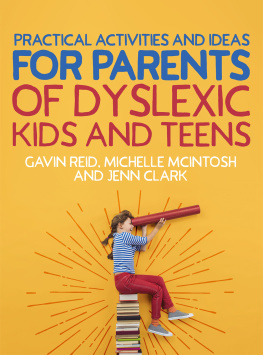

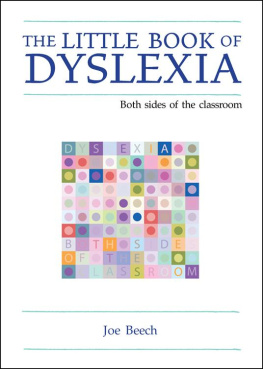
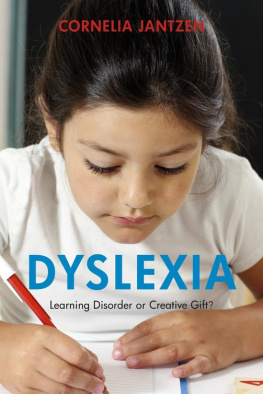
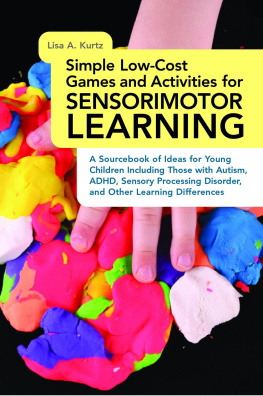
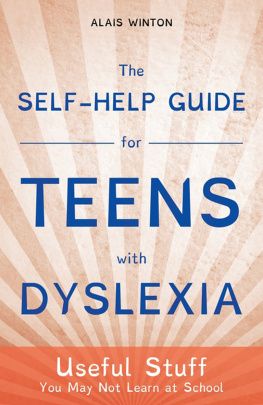

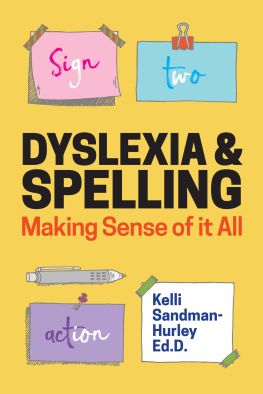
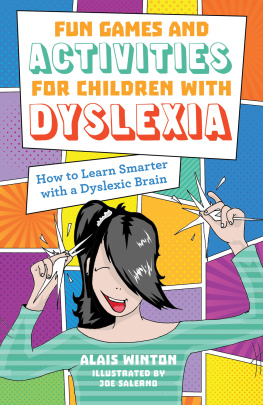
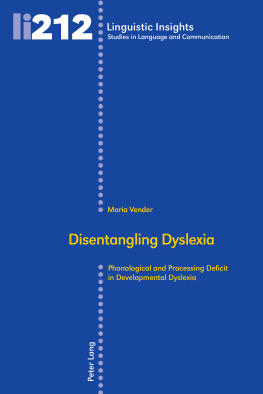

 The Big Book of
The Big Book of Jessica Kingsley Publishers
Jessica Kingsley Publishers